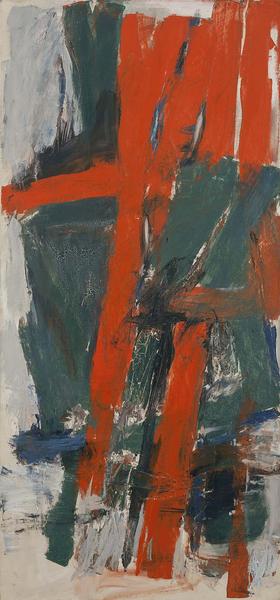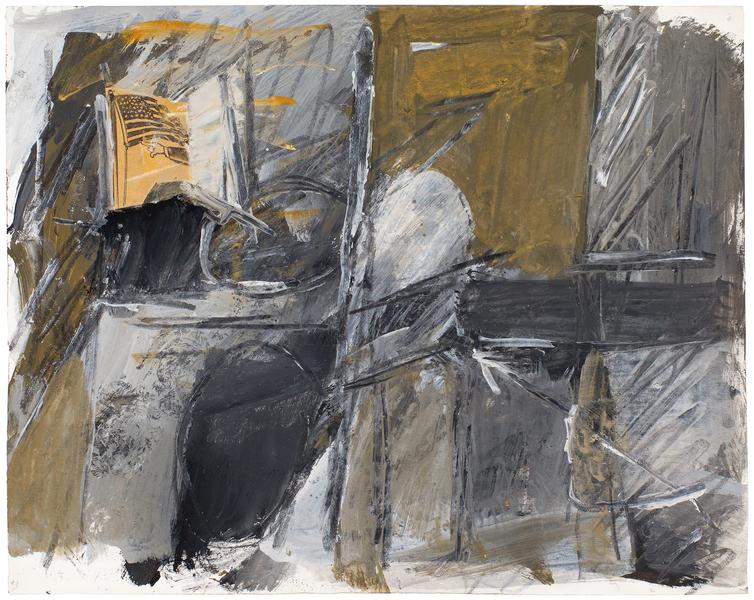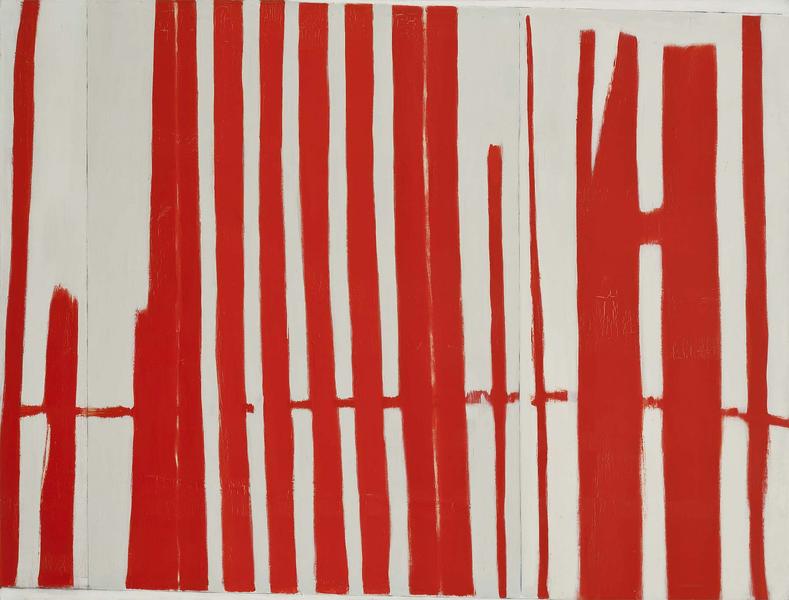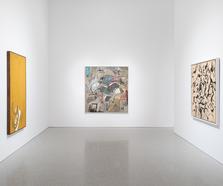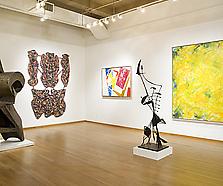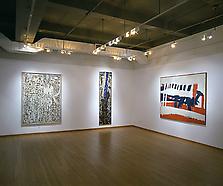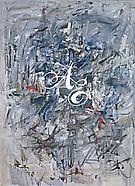“My hope is to confront the picture without a ready technique or a prepared attitude—a condition which is nevertheless never completely attainable; to have no program and, necessarily then ,not preconceived style. To paint no Tworkovs.” *
Jack Tworkov was a founding member of the Club (1949). Born in Biala, Poland in 1900, Tworkov emigrated to New York City in 1913, with his mother and younger sister. The family reunited with their father, a tailor, and settled in Manhattan’s Lower East Side. Tworkov attended Stuyvesant High School and then went on to Columbia University, majoring in English. Tworkov had planned on becoming a writer, but upon seeing the paintings by Cezanne in an exhibition of French painting at the Brooklyn Museum in 1921, he decided to become an artist. He studied briefly at the National Academy of Design in 1924 and during this time, began spending summers in Provincetown, Massachusetts, where he befriended Karl Knaths and Edwin Dickinson. Tworkov also studied at the Art Students League. After a brief trip to Europe in 1933, Tworkov joined the Federal Art Project of the WPA in 1934, where he got to know Willem de Kooning and Mark Rothko among others. Tworkov’s first solo exhibition was held at ACA Gallery in 1940 and although the artist was beginning to experience some success, Tworkov stopped painting in 1942 to help in the war effort as a tool designer. When he resumed painting in 1945, Tworkov found himself increasingly interested in abstraction, which he saw as analogous, rather than antithetical, to figural representation. Tworkov had his first solo museum exhibition at the Baltimore Museum of Art in 1948.
Tworkov’s rising prominence as a painter was aided by a 1953 article Fairfield Porter wrote for ARTNews. Entitled Tworkov Paints a Picture, the piece walked readers through Tworkov’s approach to painting and demystified abstraction by presenting it as a deliberate process in which an artist uses color, line, and flame-like brushstroke to express a subject, much like in figural representation.

